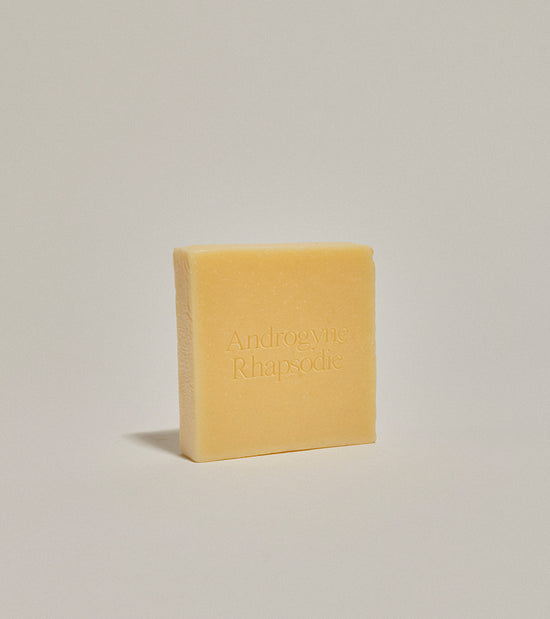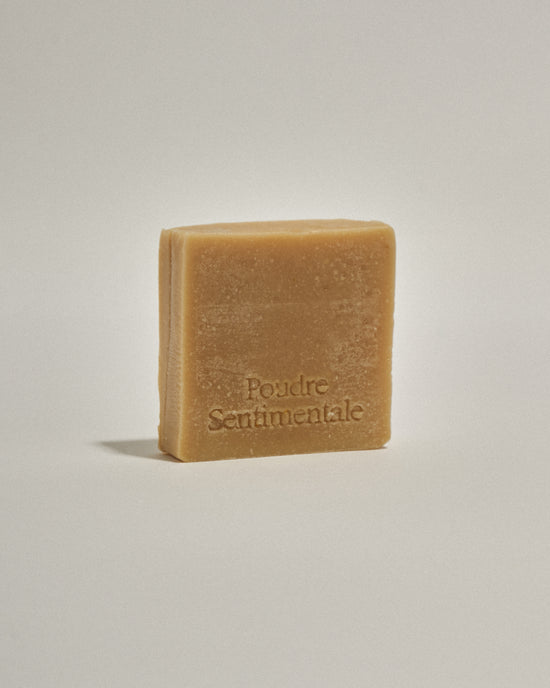I’d been contacted a handful of times by a brand that shall remain nameless. In their emails to me, they always mentioned that they had a perfume that had the distinction of being the best-seller at a very major online retailer, and would I be interested? Curious, I took the bait and asked to try it.
Looking at its advertised notes, I already had a good idea of how it would smell and knew I was going to hate it. When it arrived and I finally smelled it, how much I disliked it even exceeded my expectations. It’s one of the most revolting perfumes I've ever smelled in a category I cannot get away from.
Its popularity is a painful reminder of the dangers of conformity and what that can look like in the retail setting. Throughout the months I was in contact with the brand I saw them advertising new retailers who began to stock them. Probably for the same reason that piqued my interest. However, for me, stocking a perfume like that would be in complete opposition to Saint Cellier’s ethos.
I didn’t launch a business of my own to copy what other people are doing. In my years of experience dealing with retailers in the UK, I always had the sense that they were only interested in stocking what’s already popular or what would take the least amount of effort to sell. I feel that approach defeats the purpose of being a retailer. Retailers were historically repositories of specialist knowledge about their niche. That’s what customers relied on them for. I think many customers are still looking for that, and, to be sure, they certainly deserve it.
Many brands have, however, benefitted from the economics of visibility. These are brands that we see everywhere. Not only because retailers watch what other retailers are doing, but many of these brands also have a very indiscriminate attitude towards distribution. If I wanted to stock brands like Frederic Malle, Byredo and Creed, I could contact a distributor right now and have them on Sainte Cellier immediately. I would have to purchase them on an eye-wateringly painful coefficient that I would earn very little profit on, but I would benefit from their presence in other ways.
Except I don’t want to. And I don’t want to perpetuate the belief that there is only one way to survive as a retailer in the fragrance industry. I don’t want to stock products I don’t believe in or that I wouldn’t purchase for myself. Customers deserve to understand that just because they see a product in so many places, because so many other retailers have it, that doesn’t always equate to it being a good product despite it being sold at a luxury price. Their desire to purchase a fragrance should stem from their connection to it. Not a need to feel reassured.
What further entrenches the toxicity of conformity is that fragrance also deals in aesthetics. Particularly within this age of algorithms, both theoretical and applied.
On some level, copying other fragrances has always existed in perfumery. It just wasn’t always as crass and tactless as it is today. There also weren’t 5,000 perfumes a year being released onto the market when Jacques Guerlain was creating masterpieces out of predecessors launched by Francois Coty.
Most brands, especially commercial brands, will research best-selling scents and aim to have ones that smell similar in their range. With the vast amount of possibilities for modern perfumery, this approach is reductive both for brands that subscribe to it, and, when considered within the oversaturated market fragrance has become, its effects are catastrophically harmful to progress and creativity in fragrance aesthetics.
If fragrance aesthetics hold a mirror to their epoch, what does the popularity of these sickly, sweet gourmand scents like the one I was turned off by say about us? It goes without saying that global events since 2016 have been deeply traumatising for many people. Perfumery entered its PTSD era to cash in on a desire for succour.The fragrances many people are gravitating to play on a theme of comfort twisted into regression. There’s no room to be challenged by fragrance because they’re already being challenged by so many other things.
Furthermore, the obvious legibility of these perfumes speaks to diminished attention spans, a desire to peacock for affirmation and what might be perceived as connection on social media using descriptions that can be expressed completely in emojis. There’s no need for deep introspection within an aesthetic so infantilised. Nor any desire to examine the complexities of our relationships with smells when the raison d’etre is so obvious. There’s nothing left for the imagination in something made without imagination.
Beauty and art exist to inspire and even challenge. Interpreting either isn’t always easy; however, the paths that they can lead us on may take us to a place of better understanding and appreciation of ourselves. What more could we hope for from the perfumes that surround us?



